
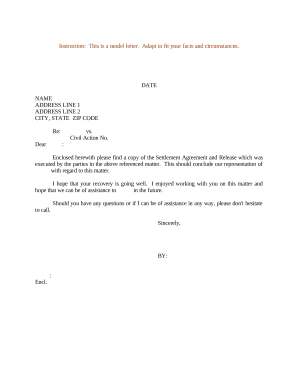
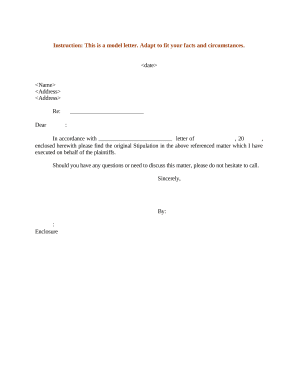

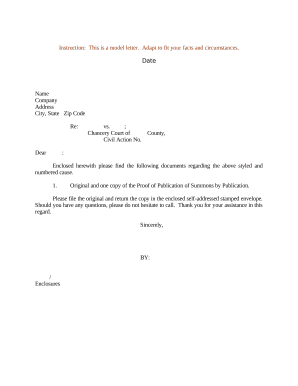
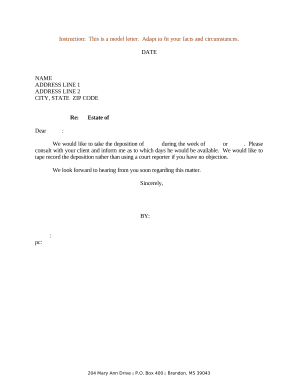
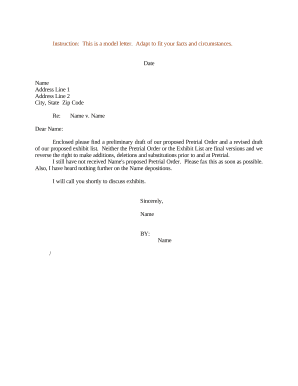
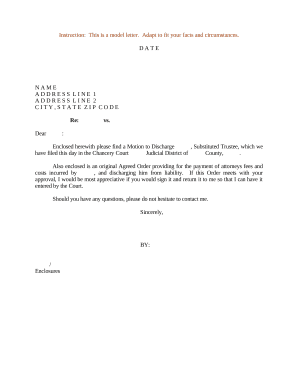

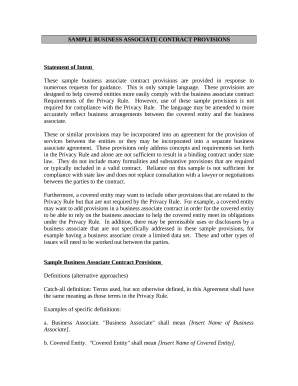


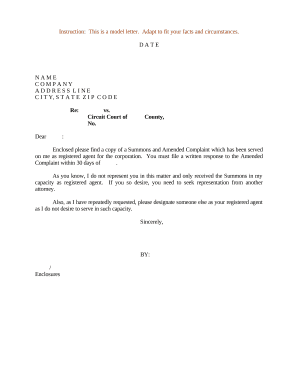

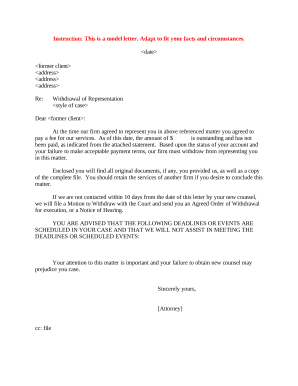
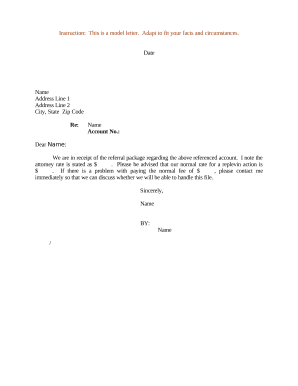
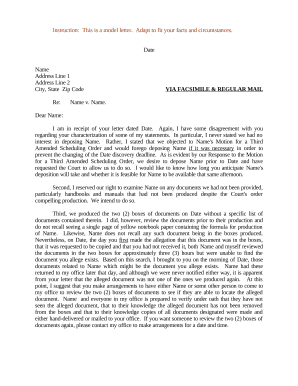
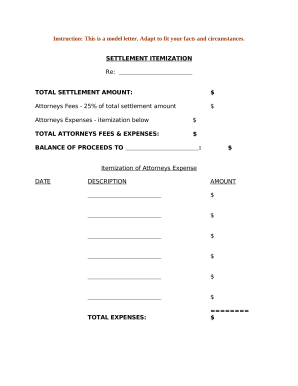
Document management can overpower you when you can’t find all of the forms you need. Fortunately, with DocHub's considerable form library, you can discover everything you need and swiftly deal with it without switching among applications. Get our Legal Document Examples and begin working with them.
Using our Legal Document Examples using these simple steps:
Try out DocHub and browse our Legal Document Examples category easily. Get a free profile right now!